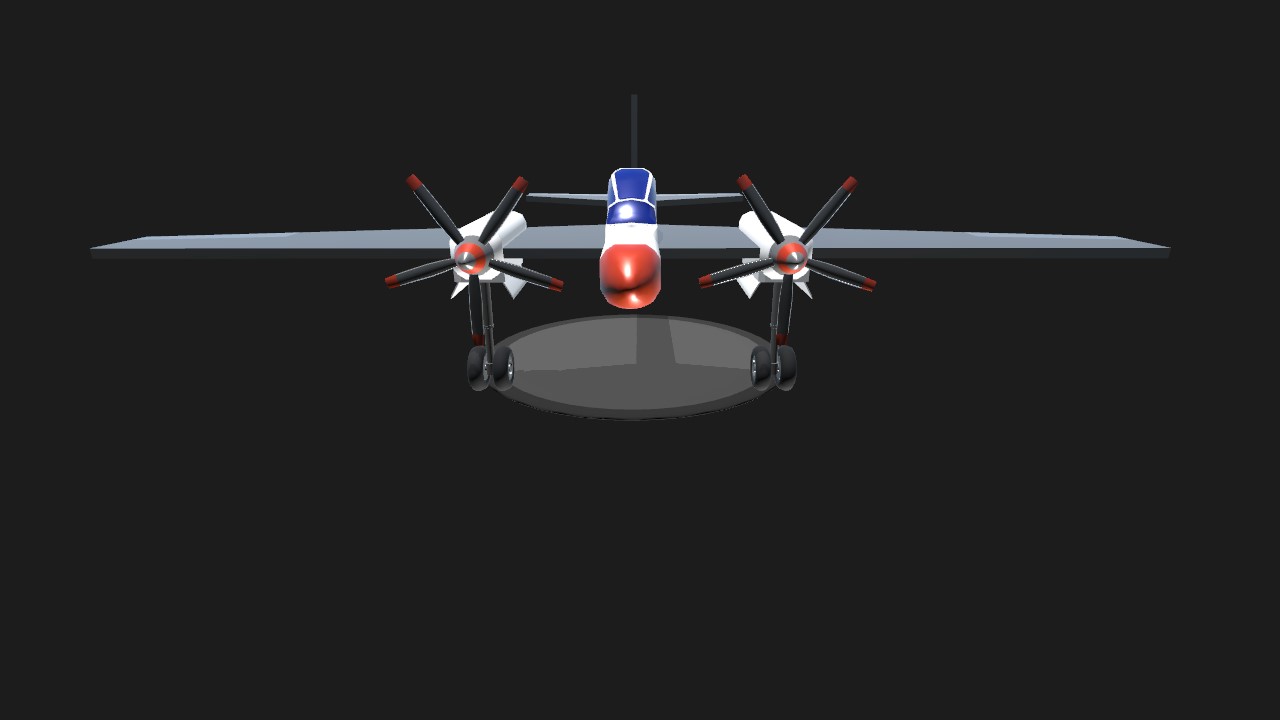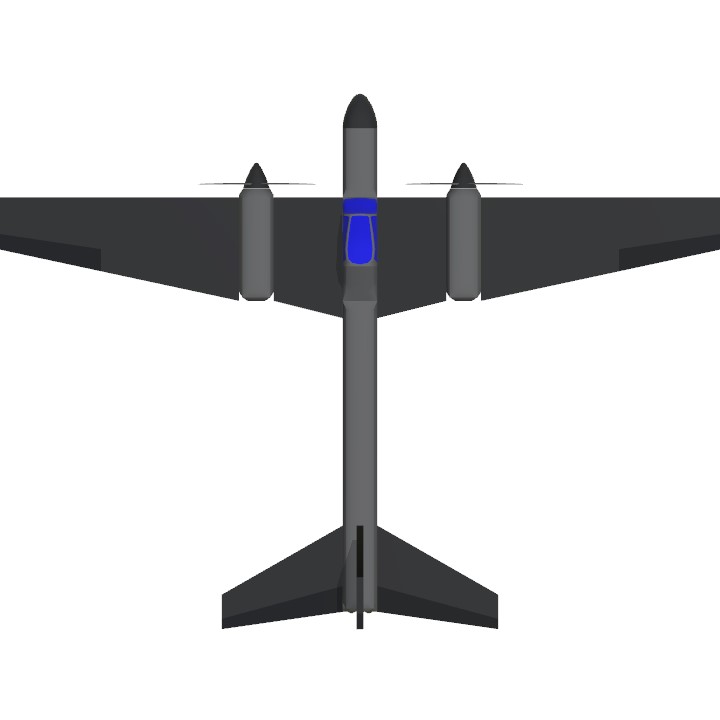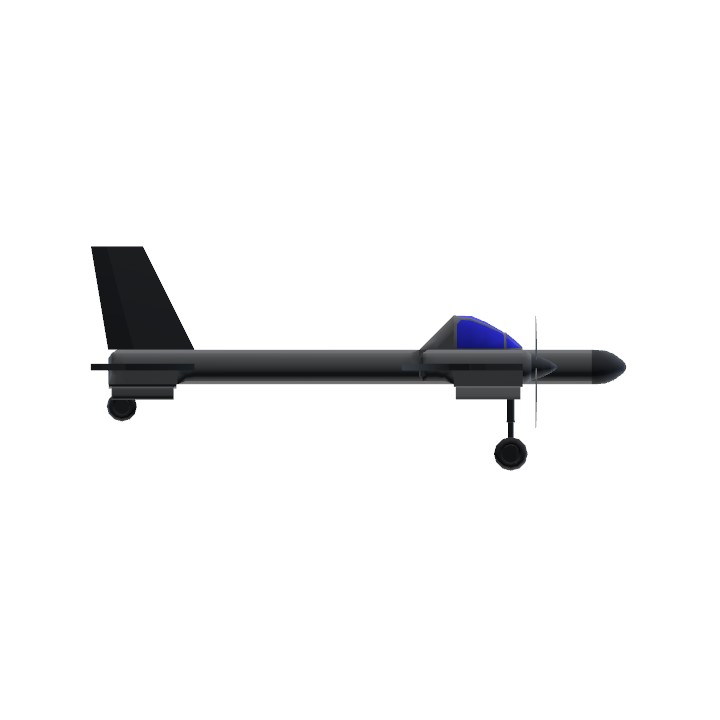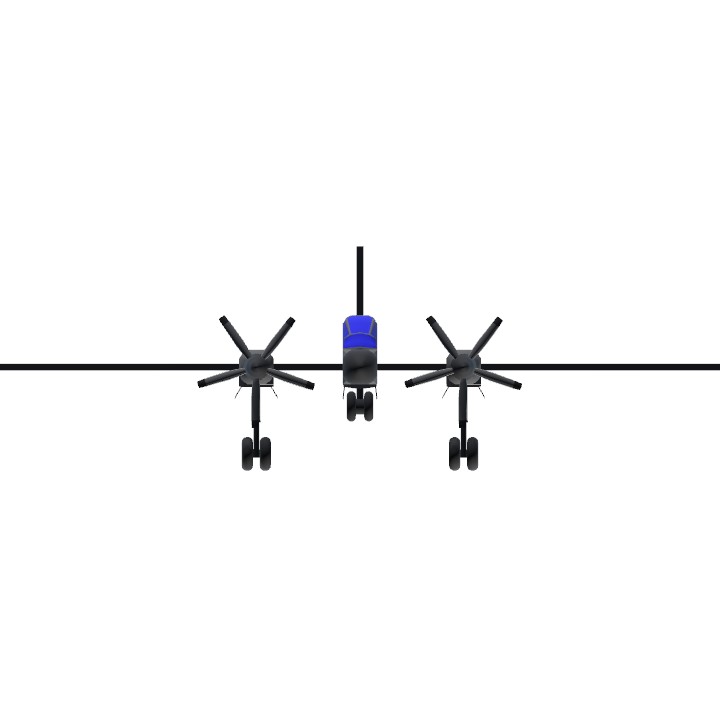No Tags
Specifications
General Characteristics
- Predecessor Big tutorial plane
- Created On iOS
- Wingspan 136.7ft (41.7m)
- Length 101.2ft (30.8m)
- Height 42.2ft (12.9m)
- Empty Weight 3,447lbs (1,563kg)
- Loaded Weight 4,112lbs (1,865kg)
Performance
- Horse Power/Weight Ratio 243.164
- Wing Loading 24.4lbs/ft2 (118.9kg/m2)
- Wing Area 168.9ft2 (15.7m2)
- Drag Points 16198
Parts
- Number of Parts 35
- Control Surfaces 5
- Performance Cost 253





Okay geez I’ll make it bigger tomorrow 😅
bigger! Sorry that I’m just repeatedly spamming words
Well
bigger!
Thanks! @Mousewithamachinegun122
Yay
uhh
@Jjjohnson
Read this
@Jjjohnson
Ugh 2
Ugh @Mousewithamachinegun122
Speaking of bigger how do you make your comments like that? #Mousewithamachinegun122
"The square–cube law (or cube–square law) is a mathematical principle, applied in a variety of scientific fields, which describes the relationship between the volume and the surface area as a shape's size increases or decreases. It was first[dubious – discuss] described in 1638 by Galileo Galilei in his Two New Sciences as the "...ratio of two volumes is greater than the ratio of their surfaces".[1]
This principle states that, as a shape grows in size, its volume grows faster than its surface area. When applied to the real world, this principle has many implications which are important in fields ranging from mechanical engineering to biomechanics. It helps explain phenomena including why large mammals like elephants have a harder time cooling themselves than small ones like mice, and why building taller and taller skyscrapers is increasingly difficult."
- wikipedia
B I G G E R
MAKE IT BIGGER!